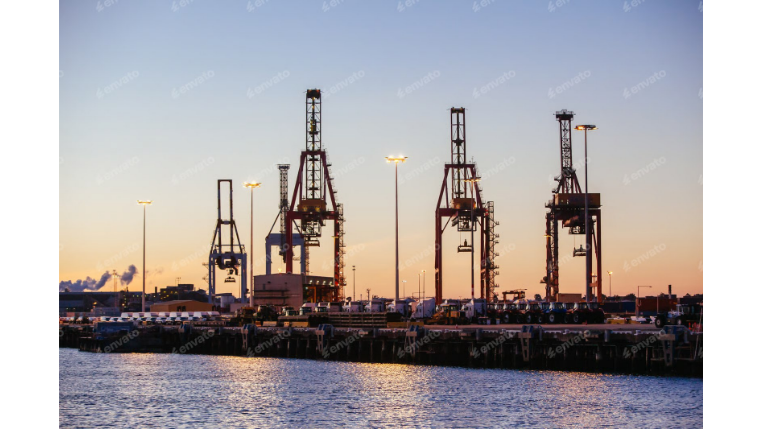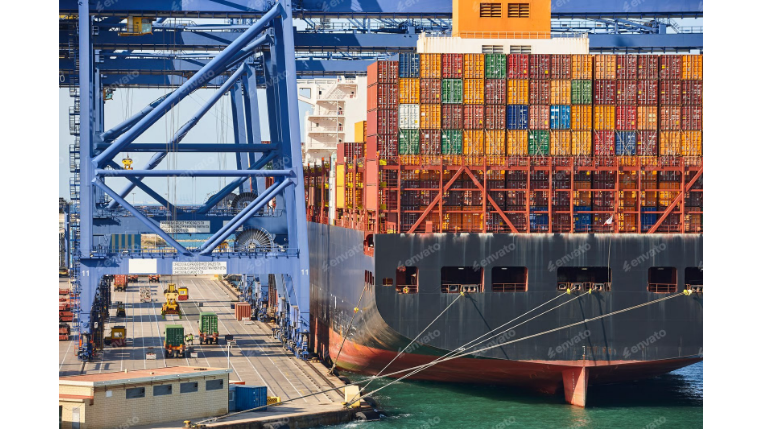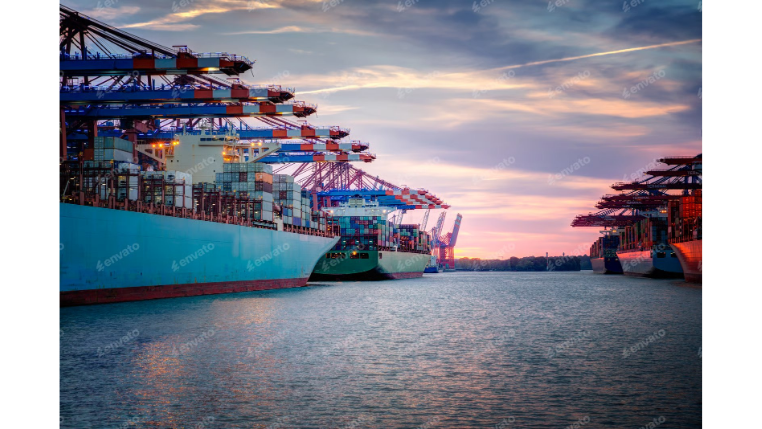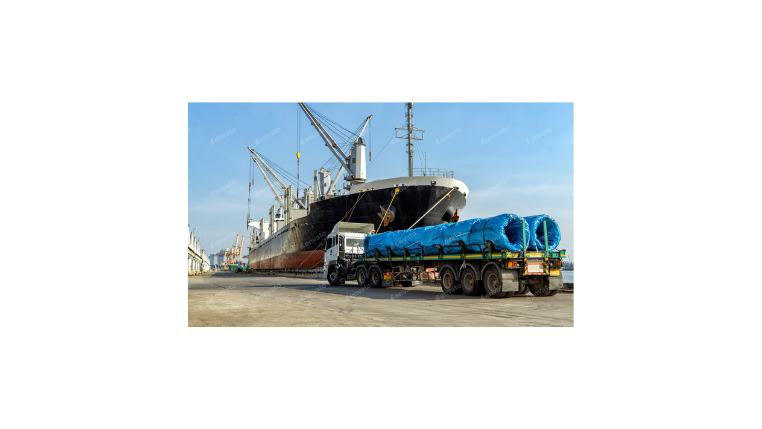The United States conducts a significant portion of its international trade through its vast and strategically located ports. These maritime gateways handle millions of TEUs (Twenty-foot Equivalent Units) and tons of cargo every year, acting as the economic engines of the nation. From the Pacific Coast to the Atlantic, each of these ports has a unique role, not only supporting regional economies but also ensuring the seamless operation of the global supply chain.
This guide provides a detailed overview of the top 10 major sea ports in the USA, exploring their strategic importance and their contribution to both the national and global economy.
Pacific Coast Ports
1. Port of Los Angeles
As the busiest port in the U.S., the Port of Los Angeles handles over 9 million TEUs annually. It serves as a critical Pacific Rim hub with 43 kilometers of waterfront infrastructure, making it the country’s primary gateway for containerized freight.
2. Port of Long Beach
Adjacent to Los Angeles, the Port of Long Beach is the second busiest port in the U.S., moving over 8 million TEUs. It specializes in automotive shipments and plays a vital role in supporting Southern California’s massive consumer market.
3. Port of Seattle
The largest container port in the Pacific Northwest, the Port of Seattle moved over 3.6 million TEUs in 2019. It serves as a vital trade link for the Northwestern U.S. and Alaska, focusing heavily on trans-Pacific trade.
4. Port of Oakland
Serving as Northern California’s main port, the Port of Oakland links the U.S. with Asia and Europe. As California’s third-largest port, Oakland handles over 2.4 million TEUs yearly, playing a pivotal role in West Coast exports.
Atlantic Coast and Gulf Ports
5. Port of New York and New Jersey
This is the largest East Coast port, handling over 7 million containers annually. With multiple facilities like Elizabeth Port and Newark Terminal, it serves the densely populated Northeastern corridor, making it a key hub for trade and commerce.
6. Port of Houston
Spanning 210 miles of channels and docks, the Port of Houston is a major trade gateway with Mexico, South America, and the Caribbean. It generates 1.35 million jobs and contributes $339 billion to the U.S. economy annually.
7. Port of Savannah
Known for its vast 1,200-acre facilities and deepwater access, the Port of Savannah processed over 4.6 million TEUs in 2019. It connects efficiently to inland markets via robust rail and road networks, making it a critical logistics hub for the region.
8. Port of Charleston
As one of the fastest-growing U.S. ports, Charleston handles over 2.4 million TEUs yearly. It is a key logistics hub for Southeastern states like Georgia, Alabama, and the Carolinas. Its advanced infrastructure and connectivity support the region's economic growth.
9. Port of Norfolk (Port of Virginia)
With 55-foot channels and 26 terminals, the Port of Norfolk accommodates the world’s largest container ships. It moved 2.7 million TEUs in 2019, making it a dominant East Coast trade hub.
10. Port of Miami
Florida’s leading seaport, the Port of Miami is strategically located as a gateway to the Americas and the Caribbean. It handles over 1.1 million TEUs annually and benefits greatly from the Panama Canal trade route, solidifying its position in international commerce.









